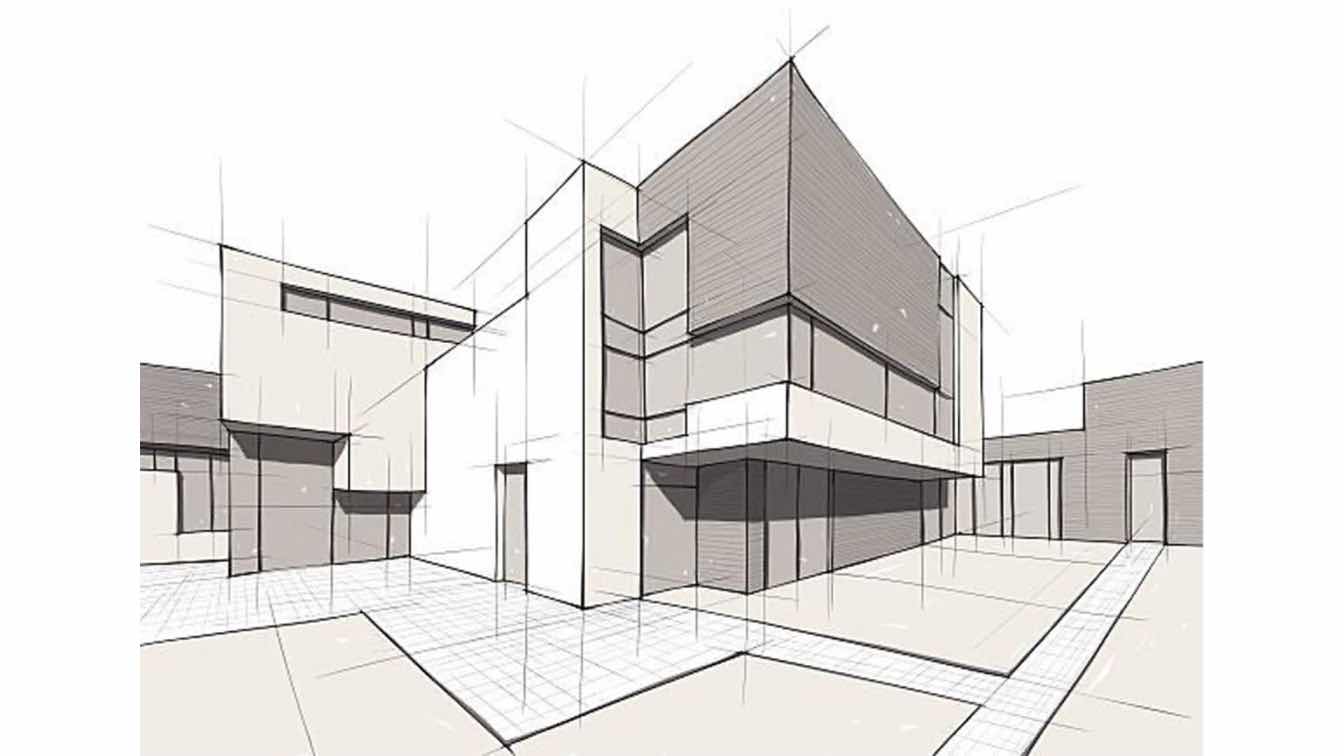Comprehending the Collaborative Refine In Between Designers and Engineers in Modern Building Projects
The collaborative procedure between designers and engineers is necessary in contemporary construction jobs, as it harmonizes style intent with design expediency. Discovering these dynamics exposes understandings that might substantially impact job end results and overall market standards.
The Significance of Cooperation
The collaborative synergy in between architects and engineers is essential for the successful understanding of any building task. This collaboration unites unique knowledge and viewpoints, making it possible for the integration of ingenious design with useful design remedies. By interacting, designers and engineers can make sure that a task not just meets aesthetic and functional demands yet additionally sticks to security, sustainability, and financial restraints.
Collaboration fosters a shared vision, helping with the positioning of goals and assumptions from the outset. This alignment is important in attending to prospective difficulties and mitigating dangers that might develop throughout the job lifecycle. A collaborative method allows for the efficient allocation of sources, maximizing both time and expense.
The value of partnership prolongs to the iterative process of layout and building and construction, where feedback from designers can inform architectural choices, causing even more feasible and sustainable layouts. Alternatively, designers can inspire designers to assume creatively about just how to achieve architectural honesty without jeopardizing artistic intent. Inevitably, the collective relationship in between architects and designers is not simply helpful; it is basic to the production of high-grade, practical, and innovative developed environments that fulfill the requirements of culture.
Interaction Techniques and Devices
Effective interaction techniques and devices are important for cultivating collaboration in between architects and designers throughout the task lifecycle. Establishing clear networks of communication is vital to guarantee that all staff member are straightened with project goals, timelines, and responsibilities. Routine conferences, both in-person and virtual, supply opportunities for stakeholders to go over progression, address issues, and make educated decisions.
Using task management software application, such as BIM (Structure Information Modeling) platforms, improves collaboration by making it possible for real-time sharing of style alterations and technical specs. These devices facilitate transparency, enabling engineers and engineers to envision changes and examine their influence on the overall project.

Shared Objectives and Job Vision

Establishing common objectives involves open discussion and a comprehensive understanding of each discipline's contributions. Designers generally concentrate on design intent, spatial partnerships, and customer experience, while engineers stress structural stability, systems capability, and compliance with guidelines (cda architects). When these viewpoints are aligned, the outcome is a natural project that sticks to both imaginative aspirations and technical usefulness
Additionally, a distinct project vision fosters responsibility amongst staff member, motivating each individual to take possession of their duty in achieving the desired result. Routine check-ins and collective workshops can further strengthen this commitment, permitting changes to be made as the project develops. Eventually, a common vision not just boosts synergy yet also elevates the high quality of the final deliverable, causing effective task conclusion.
The Duty of Modern Technology
Leveraging technology has actually ended up being essential in boosting partnership between engineers and engineers. The assimilation of sophisticated software devices facilitates real-time interaction and information sharing, making it possible for teams to function more successfully and efficiently. Building Info Modeling (BIM) stands Web Site out as an essential technology, enabling both architects and engineers to develop comprehensive 3D content designs that encapsulate style intent and architectural integrity. This shared graph lessens misunderstandings and enhances the decision-making procedure.
Furthermore, cloud-based platforms allow smooth cooperation, allowing project stakeholders to gain access to and update project data from anywhere. This promotes a society of openness and liability, as adjustments can be tracked and reviewed in real-time. Additionally, mobile applications additional improve communication, offering on-site groups with instant accessibility to job specs and updates.
Arising modern technologies such as expert system and artificial intelligence are additionally starting to play a duty in anticipating evaluation, assisting groups determine prospective problems before they develop. Eventually, the function of technology in architecture-engineering collaboration not only boosts operations performances however likewise improves development, resulting in more effective job results. By embracing these technical innovations, engineers and designers can make sure a much more cohesive and effective collective process throughout the construction lifecycle.
Instance Research Studies in Successful Partnerships
Countless study highlight the extensive impact of reliable collaborations between engineers and engineers on project results. One noteworthy instance is the partnership on the High Line in New York City, where landscape engineers, engineers, and city coordinators interacted to transform a deserted rail line right into a dynamic public park. This multidisciplinary approach not just enhanced the visual quality however also made sure structural safety and security and ecological sustainability.
One more excellent situation is the design and building of the Sydney Music Hall. The collaboration in between designer JÃ ¸ registered nurse Utzon and structural designer Ove Arup exhibited ingenious analytic. Their partnership permitted for the iconic shell-like style while addressing intricate engineering challenges, eventually bring about an ageless architectural work of art.
The Burj Khalifa in Dubai further demonstrates the value of joint efforts. cda straight from the source architects. The combination of style and design expertise allowed the task group to achieve unmatched elevations while sticking to safety and security regulations and aesthetic vision
These examples highlight the relevance of interaction, trust, and shared objectives. In today's complicated construction atmosphere, such partnerships are crucial to browsing challenges and delivering projects that meet both functional and visionary goals.
Final Thought
In final thought, the partnership in between designers and designers is necessary for the success of modern-day building and construction tasks. Efficient communication strategies, a common job vision, and the combination of sophisticated innovations are important parts that promote this partnership. By promoting a culture of accountability and leveraging devices such as Structure Information Modeling (BIM), teams can browse task intricacies, making sure that aesthetic, functional, and sustainability objectives are attained. Inevitably, this harmony causes innovative and successful task end results.